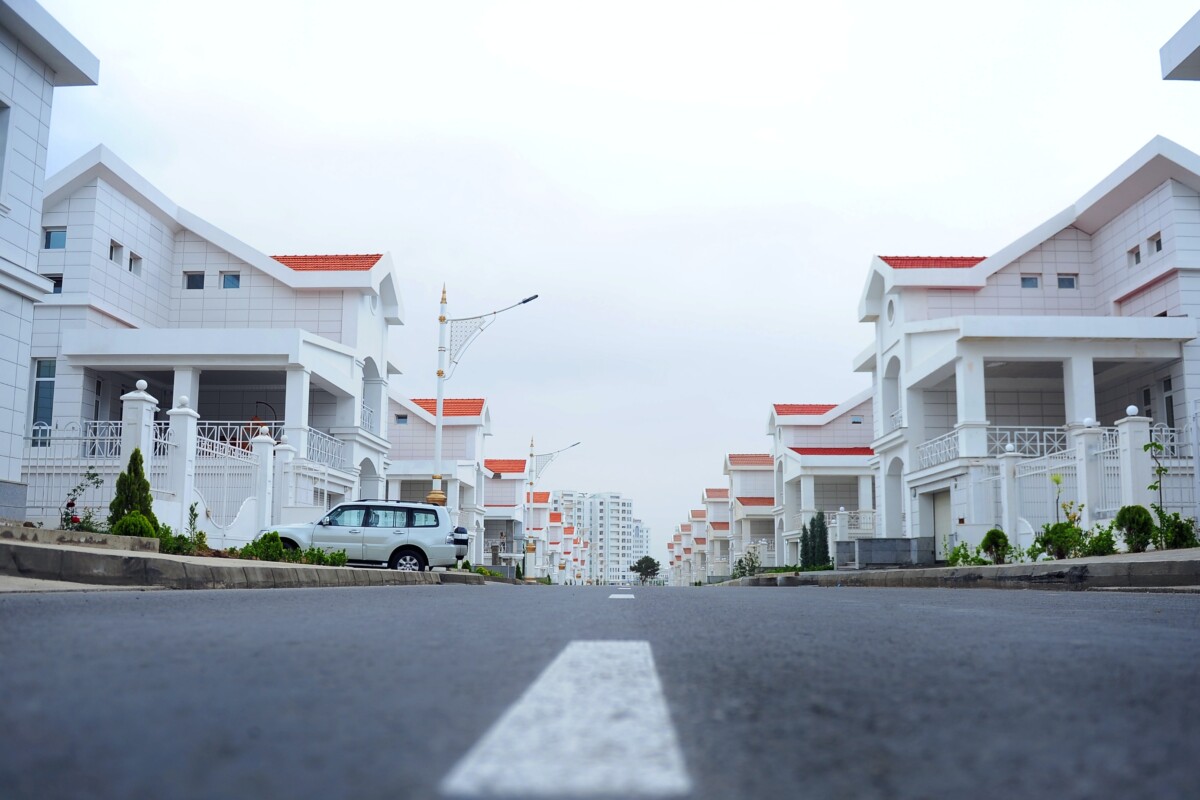Revolutionizing Retail: How E-Commerce and Consumer Trends are Reshaping Physical Retail Spaces
The advent of e-commerce and evolving consumer habits are significantly reshaping the future of retail spaces. This transformation is visible in both the design and function of physical retail properties.
E-Commerce Impact
The rise of e-commerce has been the most influential factor in the changing landscape of retail spaces. With the convenience of online shopping, including a wider selection and competitive pricing, traditional retail stores have seen a decrease in foot traffic, especially in categories like electronics and apparel. The trend is not just a competition between online and offline; it’s about their integration, leading to an omnichannel approach where physical and digital shopping experiences are seamlessly integrated.
Experiential Retail
Physical retail spaces are evolving to offer experiences that can’t be replicated online. This includes immersive brand experiences, hands-on product demonstrations, in-store events, and community-oriented spaces. These experiential elements aim to create a deeper emotional connection with customers and serve as a powerful differentiator.
Technology Integration
Retail spaces are incorporating advanced technologies like augmented reality (AR), virtual reality (VR), and interactive displays to enhance the shopping experience. This tech integration helps in personalizing the shopping experience, providing more information about products, and even simulating how products might look or function in real life.
Sustainability and Ethical Practices
There is growing consumer demand for sustainable and ethically produced products. Retail spaces are responding by showcasing such products and adopting eco-friendly practices in their operations. This includes using sustainable materials in construction and design, reducing energy consumption, and promoting recycling and upcycling.
Flexible Spaces and Pop-Up Shops

Retail spaces are becoming more flexible in their design, allowing for pop-up shops and temporary installations. This flexibility is beneficial for online brands looking to establish a physical presence without long-term leases. It adds an element of novelty and exclusivity, attracting consumers interested in limited-time offerings.
Community-Centric Spaces
More retail spaces are being designed to serve as community hubs, offering spaces for events, social gatherings, and educational workshops. This approach aims to build a sense of community and belonging, a strong pull for consumers to visit and revisit.
Local and Artisanal Focus
There’s an increasing interest in local, artisanal, and handcrafted products. Retail spaces are tapping into this trend by dedicating areas for local artisans and small businesses. This supports the local economy and offers unique products that are not available in larger chain stores.
Revitalization of Underutilized Spaces
The retail landscape is seeing the transformation of underutilized spaces like abandoned warehouses or historic buildings into vibrant retail destinations. This revitalization often includes a mix of shopping, dining, and entertainment options, making them lifestyle destinations.
In conclusion, the future of retail spaces lies in their ability to adapt to changing consumer preferences and behaviors, integrate technology and experiences beyond traditional shopping, focus on sustainability and community, and seamlessly blend with the digital world. The retail environment is becoming more dynamic, personalized, and experience-oriented, shifting from purely transactional spaces to multifaceted social and experiential hubs.


